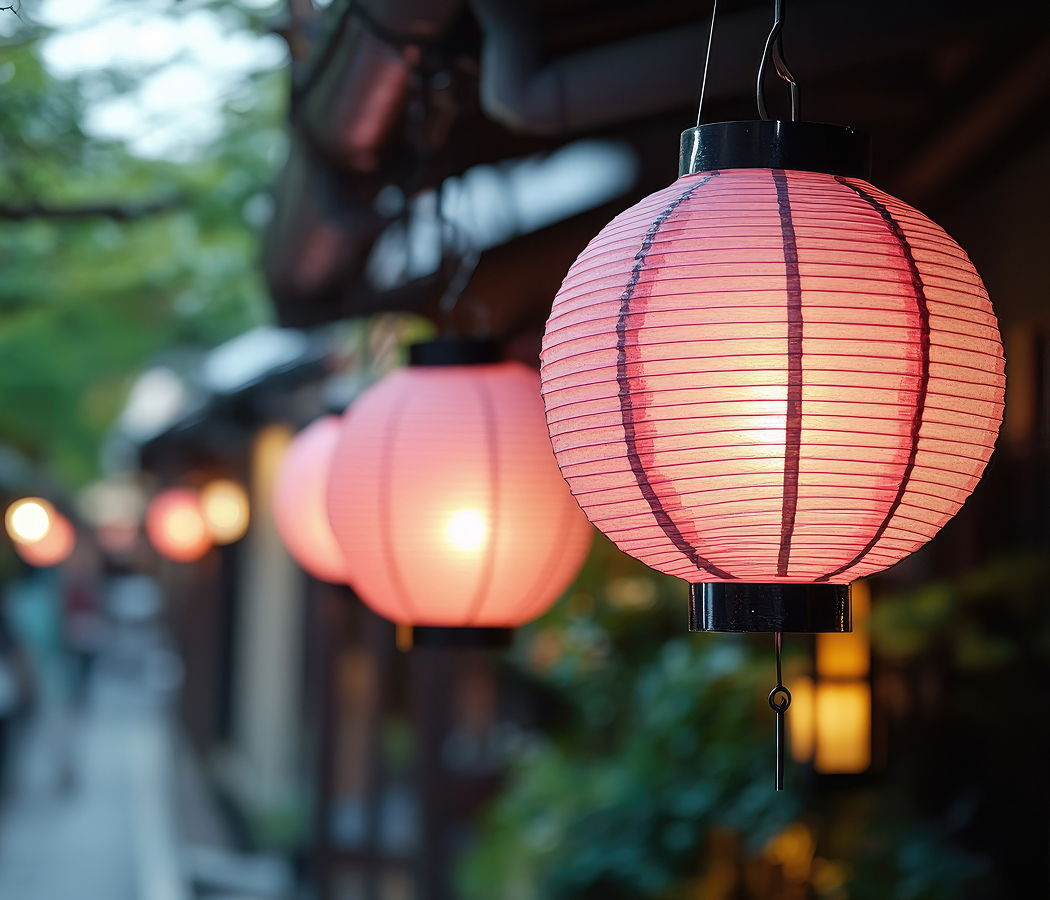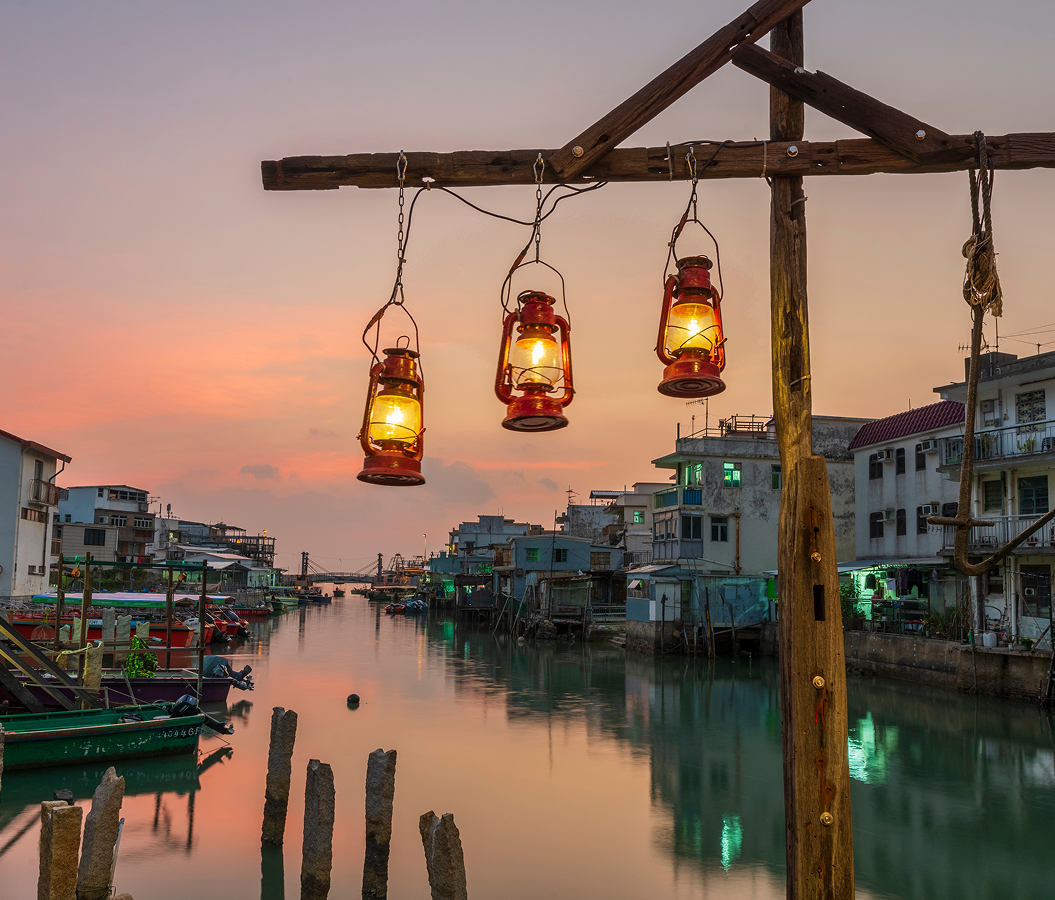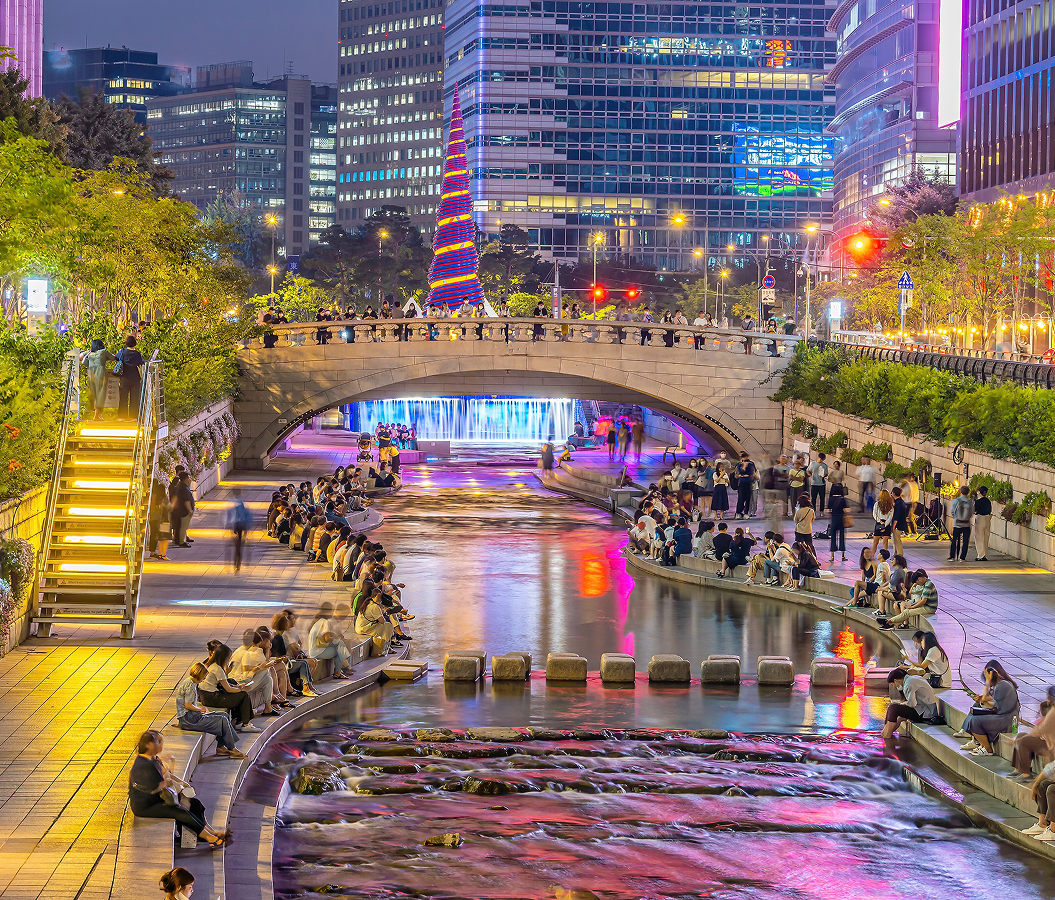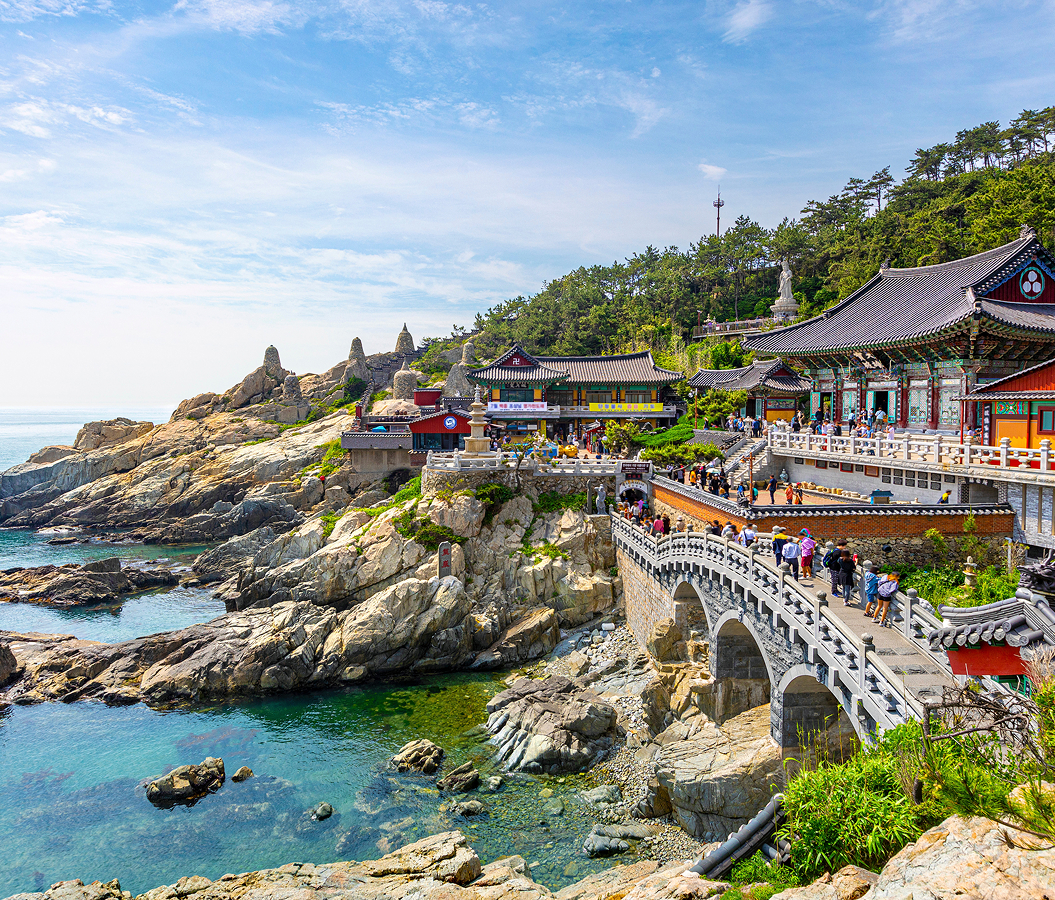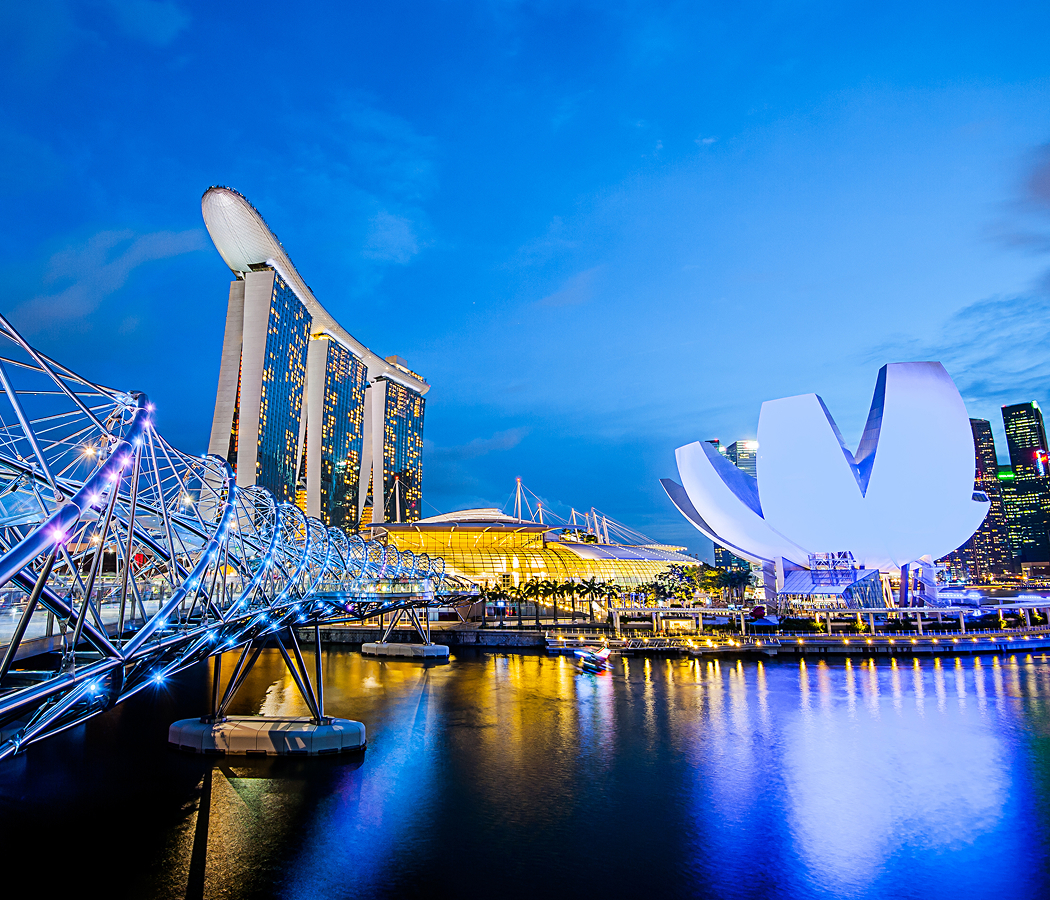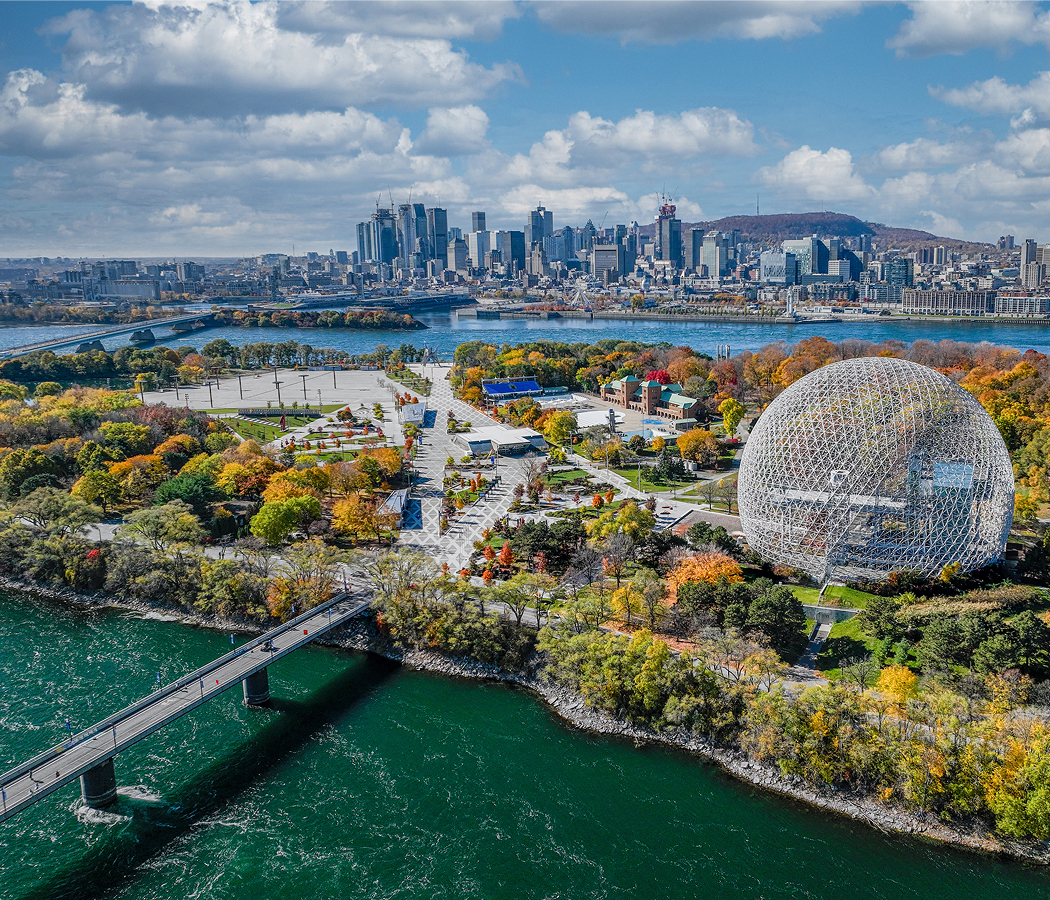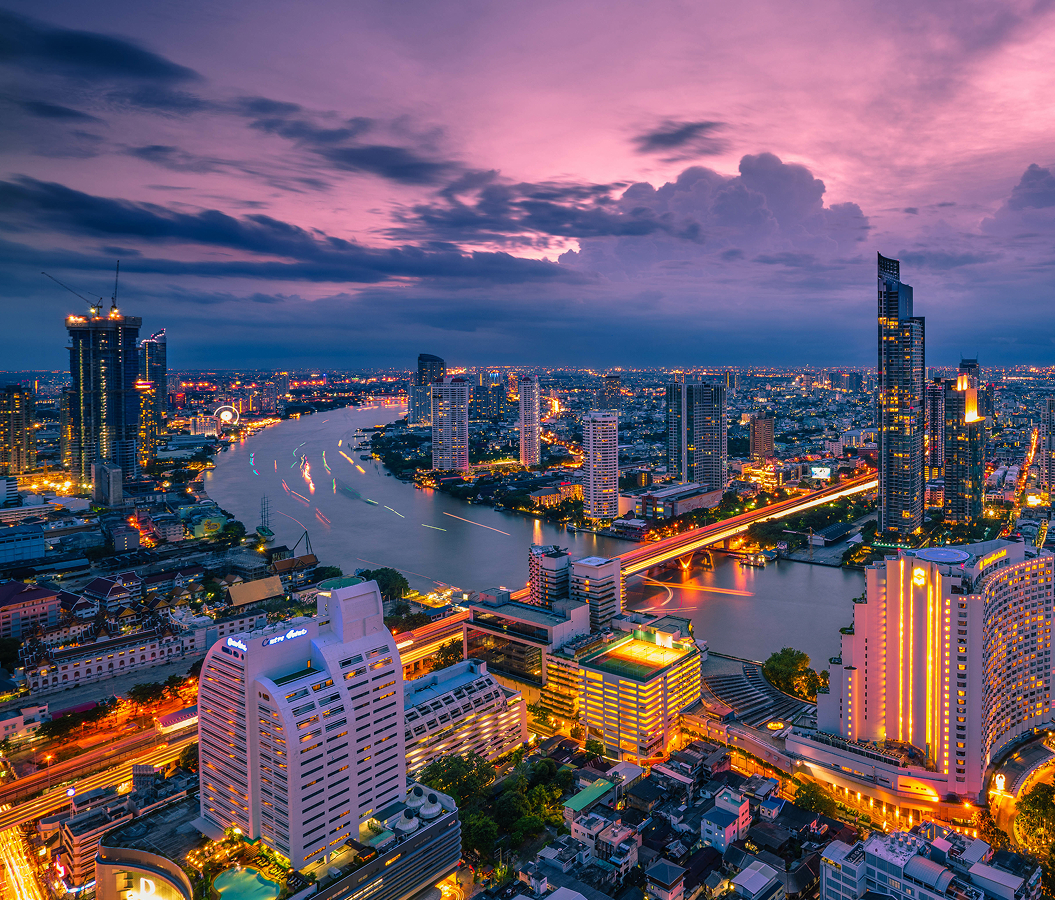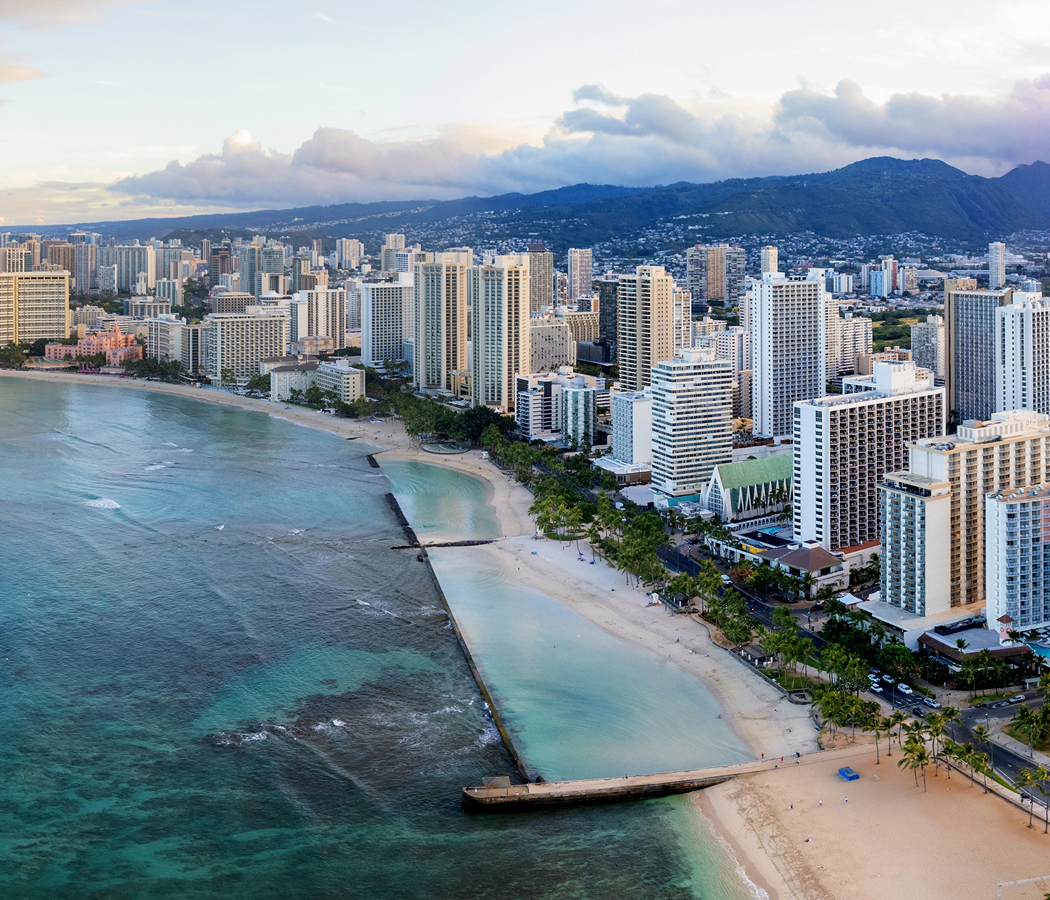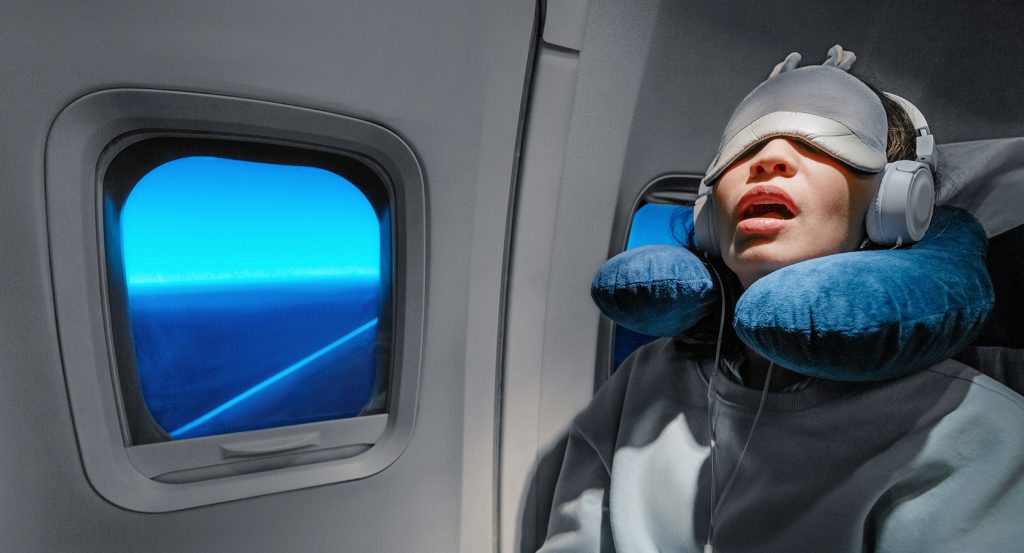
What jet lag really does to your body.
Jet lag can turn a dream trip into a groggy, coffee-fueled haze. Whether you’re flying from Japan to the U.S. or crossing the Atlantic, long-haul flights can wreak havoc on your sleep, mood, and energy. But with the right preparation and strategy, you can beat jet lag before it beats you. Here’s your complete guide to landing refreshed and ready.
Understanding jet lag: why it happens.
Jet lag isn’t just being tired—it’s your internal clock (circadian rhythm) getting out of sync with the local time. When you travel quickly across time zones, your body gets confused. You might feel tired during the day, wired at night, or even emotionally off.
Flying east is usually harder than flying west because your body has to adjust faster, effectively “losing time.” Hormonal changes—especially melatonin disruption—play a major role.
Pre-flight prep: beat jet lag before takeoff.
1. Shift your sleep schedule.
Start adjusting your bedtime a few days in advance. If heading east, go to bed earlier. If heading west, stay up later.
2. Stay hydrated.
Begin hydrating at least two days before your trip. Skip alcohol and heavy meals before flying.
3. Pack smart.
Bring melatonin or jet lag relief supplements, an eye mask, noise-canceling headphones, and a neck pillow.
4. Book smart flights.
Arriving during daylight gives your body the best chance to adjust.
5. Mental readiness.
Practice calming techniques, download a meditation app, or create a relaxing playlist.
In-flight strategy: how to travel smarter.
1. Hydration.
Drink water hourly. Skip alcohol and caffeine.
2. Move regularly.
Stretch, walk, and do seated leg and ankle exercises.
3. Eat like a local.
Follow your destination’s mealtimes. Skip unnecessary meals.
4. Use light wisely.
Expose yourself to light or block it out depending on your arrival time.
5. Adjust your devices.
Change your phone/watch to the destination time as soon as you board.
6. Get comfortable.
Dress in layers, use your sleep gear, and reduce screen time.
Post-flight: adjust to the new time zone.
1. Get sunlight.
Spend time outdoors to help reset your internal clock.
2. Keep naps short.
If you must nap, limit it to 30 minutes.
3. Eat on local time.
Even light meals can help sync your body.
4. Continue hydrating.
Avoid alcohol and caffeine for the first 24 hours.
5. Use supplements wisely.
Melatonin or natural remedies can ease sleep and stress.
6. Stay active, gently.
Go for walks or light sightseeing.
7. Create a sleep routine.
Shower, dim lights, and avoid screens before bed.
8. Be patient.
Give yourself 2–3 days to fully adjust.
Where meaningful travel begins.
Start your journey with Foresyte, where the planning is part of the magic.
Discover the experiences that matter most.





